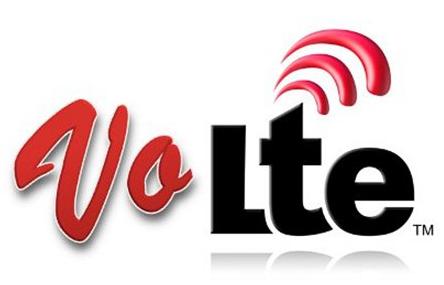Signals Research Group and Spirent Communications recently collaborated on voice over LTE (VoLTE) testing that highlighted the differences between 3G wireless networks and VoLTE.
This is the latest in a years-long collaboration between the two companies, which have tested topics related to how accurate smartphones’ positioning capability is, benchmarking LTE baseband chipsets and more.
Michael Thelander, president of Signals Research Group, and Kurt Bantle, senior solutions architect at Spirent, talked with RCR’s Kelly Hill about the goals of the VoLTE testing, the methodology and the results of the testing, which took place in the Minneapolis-St.-Paul market.
Thelander said that the testing was designed to assess VoLTE compared to circuit-switched voice as well as to over-the-top applications such as Skype and looked at areas including voice quality, battery life, the impact on network resources and the basics of call set-up and reliability.
“There were a few surprises, definitely,” said Thelander, including the significantly higher quality that VoLTE had compared to 3G circuit-switched voice on the particular operator whose network was being tested — AT&T, which doesn’t have HD voice deployed in 3G, unlike say, T-Mobile US. VoLTE performed slightly better than Skype under lightly loaded conditions, Thelander added, but that changed as the tests increased the amount of network traffic. Skype started crashing, but VoLTE — with a dedicated bearer to maintain call quality — performed well despite the heavier traffic.
“No matter what was happening in the network, happening on the phones — because you had a dedicated bearer, the call quality wasn’t impacted,” Thelander said.
Watch the video interview on Spirent and Signals Research Group’s VoLTE testing:

